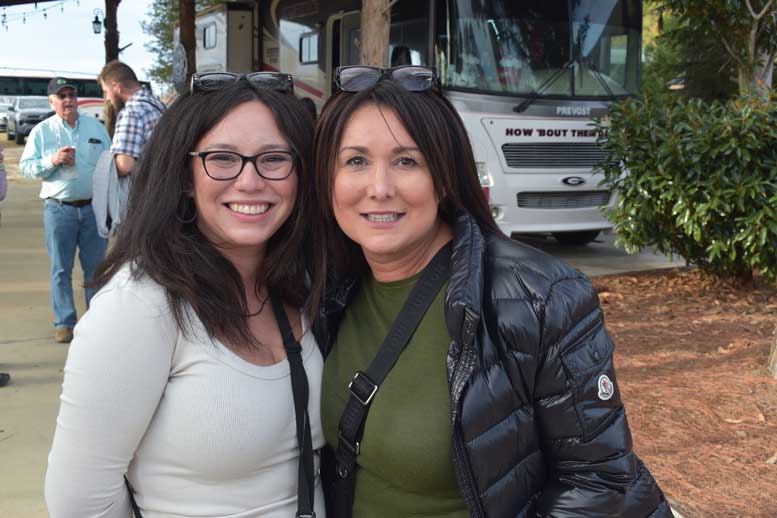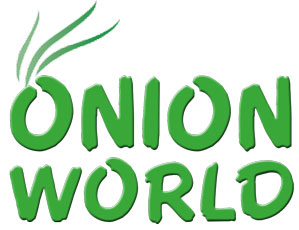|
Click to listen to this article
|
Story and photos by Dave Alexander, Publisher
The onion industry has seen numerous negative headlines over the last four years related to foodborne illness outbreaks, including a high-profile incident in October 2024 at McDonald’s restaurants in Western states.
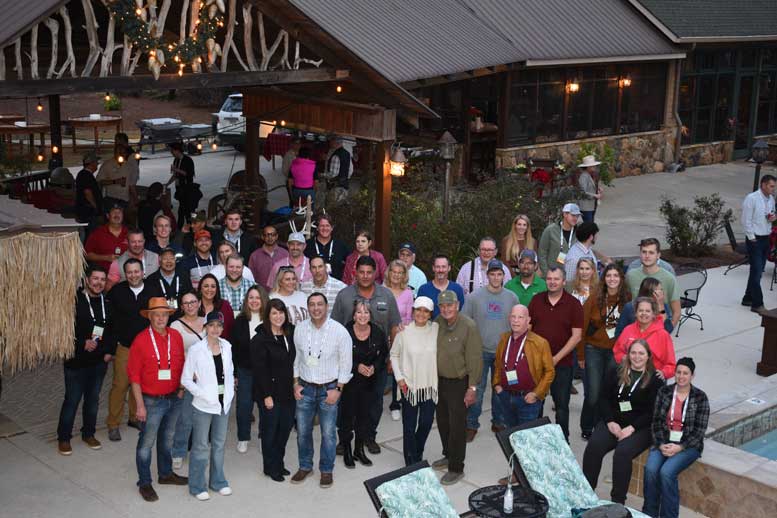
The National Onion Association (NOA) has a best practices publication that it updated in 2022 and published with the International Fresh Produce Association. The NOA hosts food safety speakers at every convention, and the association’s food safety committee works on the issue throughout the year. And yet, outbreaks keep happening. It’s not just onions, either. In 2024, cucumbers, carrots, eggs, chocolate bars, walnuts, basil and cheese all were tagged by the FDA as causing illness outbreaks.
Speaking at the NOA Annual Convention in Savannah, Georgia, in December, Natalie Dyenson with the International Fresh Produce Association shared some tips on dealing with outbreaks and the investigations that come with them. As a microbiologist, epidemiologist and someone who has dealt with food pathogen outbreaks herself, she has unique insight into how to improve the process before, during and after outbreaks.
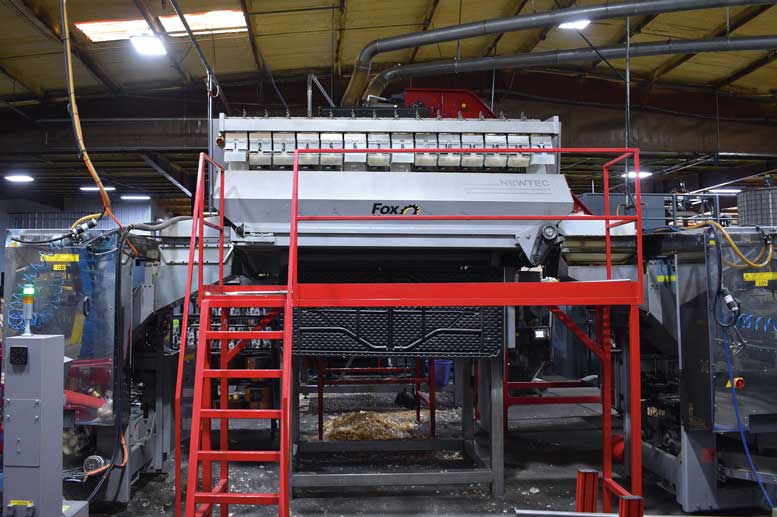
Detection
While it seems that there have been more food safety outbreaks recently, the reality is that regulatory agencies are getting better at finding them. This is because there are better DNA techniques now and a new tool called BioFire, which allows doctors to identify pathogens in one hour, right in their offices. Dyenson likened today’s tech to looking at Saturn with a home telescope versus viewing the planet with the Webb Space Telescope.
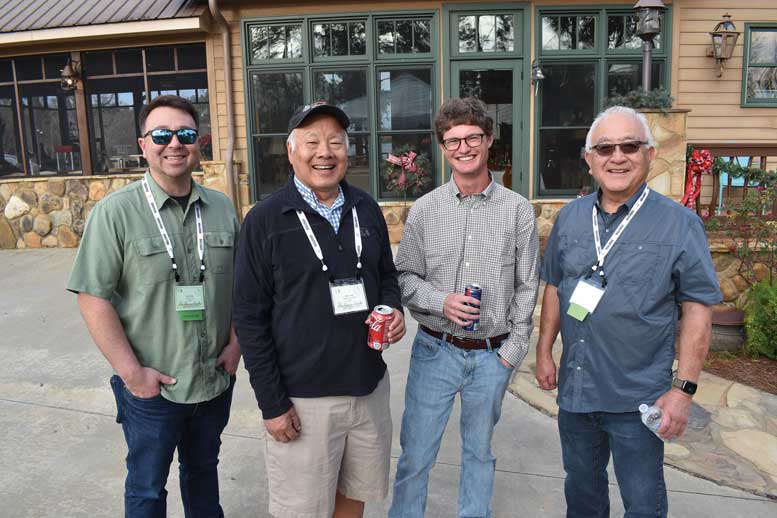
When the FDA conducts an investigation after an outbreak, it typically does not find an isolate with an exact match to the outbreak strain. But Dyenson said that doesn’t mean the outbreak didn’t happen.
It can take weeks from the time someone gets sick to the time the FDA names the outbreak culprit. By that time, the product in question has made its way through the system and the FDA is lucky to find anything left to test.
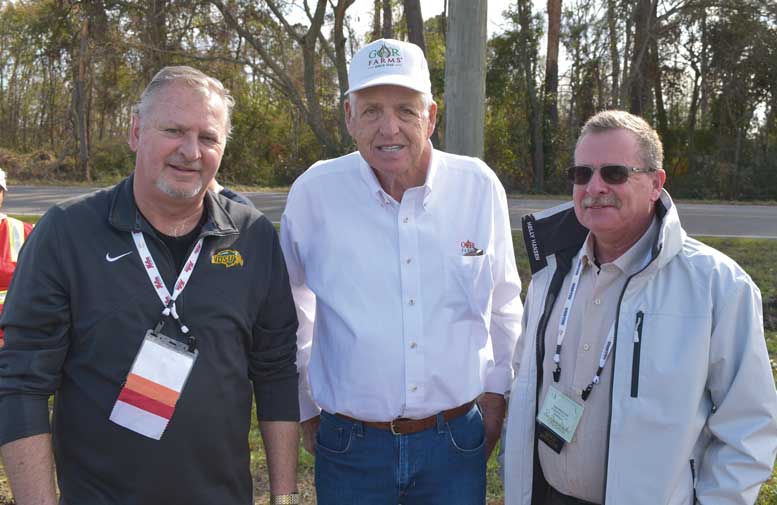
Before and After
Dyenson said it may not seem like it, but the onion industry has a lot of power to control its own destiny and make changes in the system. Before and after a food safety event, make sure to open a dialogue with others in the industry, as well as regulators and public health officials.
“The more we can teach them about what we do and how we do it when we’re not in the middle of a crisis, the better they’re going to be and asking the right questions when we are,” she said.
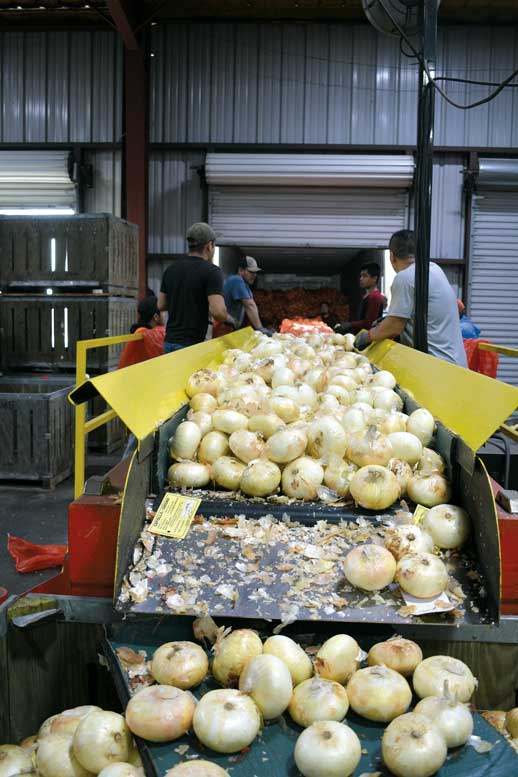
Establishing relationships in “peace time” helps build trust with officials. By doing this, you are demonstrating that you are trying and want to do the right thing. Educating regulators and policymakers is also key to help them better understand the industry.
One of the most important steps for the industry in controlling its own narrative is to “live” best practices and make sure they are implemented throughout your operation.
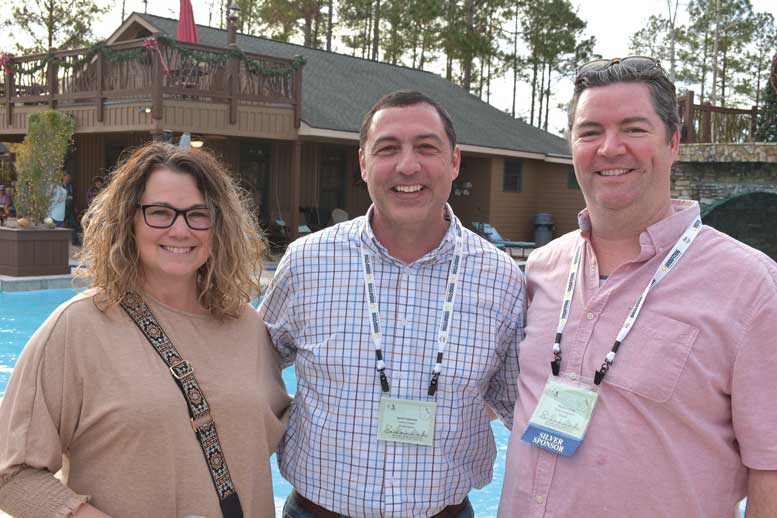
Be Transparent
Your lawyers may disagree, but Dyenson advises that if the FDA does come knocking, transparency is key and it’s essential to share information and data. Commit to the investigation and be all in. If agents think you are trying to hide something or be evasive, expect them to dig deeper. Conversely, by putting all your cards on the table, they may think there is nothing to find, she said. Whether or not investigators find a smoking gun, it helps to acknowledge that an issue exists.
“Denial can be devastating, if you think a problem is never going to happen to you,” Dyenson said.
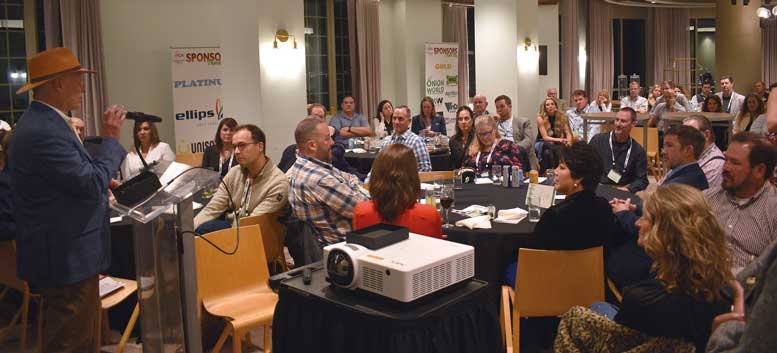
She recommends taking a part in the investigation, digging in and looking for your own root cause. You want to find the problem and the solution, so it doesn’t happen again. When the solution is found, share the results so others in the industry won’t have to deal with the same issue.
“As an industry, we all win or lose together,” Dyenson stated.
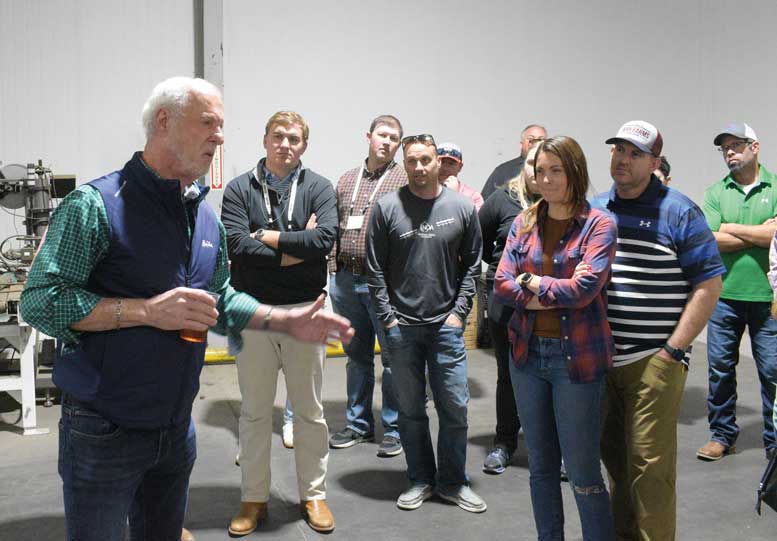
Science is Non-Negotiable
Another thing that will help the industry control its own narrative is investing in technology to find solutions. Detection science changes all the time and keeps getting more effective. The industry needs to adapt and adopt this same science and put it into practice. If you don’t know what’s causing a problem, it is really hard to prevent the problem, and scientific methods can help find the causes.
Dyenson calls data “the new currency” and says it should be carefully collected, cataloged and analyzed. Don’t just document samples, but look at them over time, and it may tell you a different story than the readings you just took. If you do have a situation, you can go back through previous data and it may help isolate a problem.
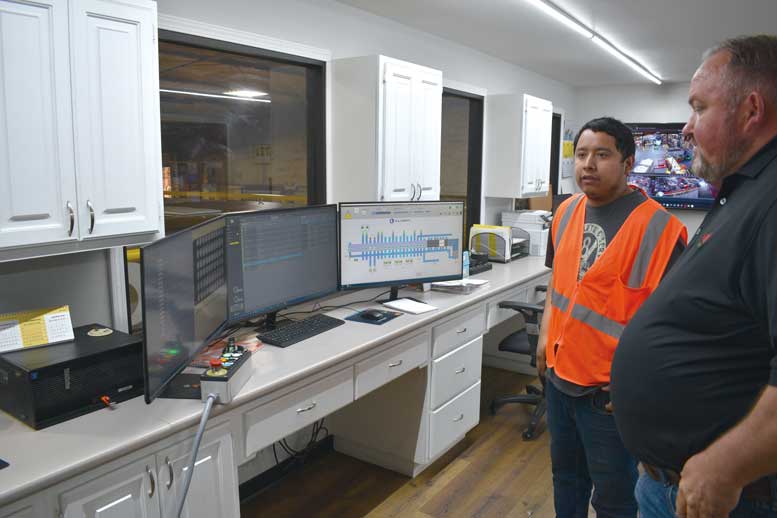
2025 NOA Agenda
Dyenson recommends educating regulators about the onion industry, and the NOA does just that by making a lobbying trip to Washington D.C. every year. The trip is usually in February, but has moved to late March this year to allow the newly elected administration and lawmakers time to get their feet under them.
The NOA encourages all who are interested to make the trip. Representation from as many states as possible is important because lawmakers naturally listen more to those who can actually vote for them. Since the NOA has no permanent lobbyists on Capitol Hill, those on the D.C. trip become lobbyists and are the ones to speak to Congress members and their staff.
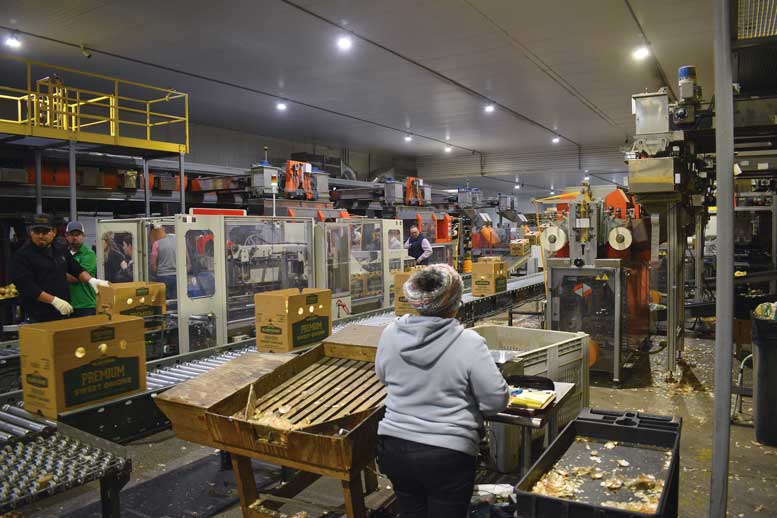
“We are the voices for the industry, so it’s really important what we do there,” said Tyler Wagstaff, co-chair of the NOA legislative committee.
Hot topics on the agenda include more grower-friendly H-2A rules and wage levels, ever-present food safety issues, quicker chemical approvals and making sure imported onions are being inspected.
NOA executive vice president Greg Yielding said the group will be talking with the Department of Health and Human Services, which is over FDA. Dealing with FDA in the past has been frustrating and the NOA has found it difficult to get answers. Yielding is expecting the new administration to be more favorable to producers and the industry.
Anyone wanting to take part in the D.C. trip should contact the NOA office at gyielding@onions-usa.org.
